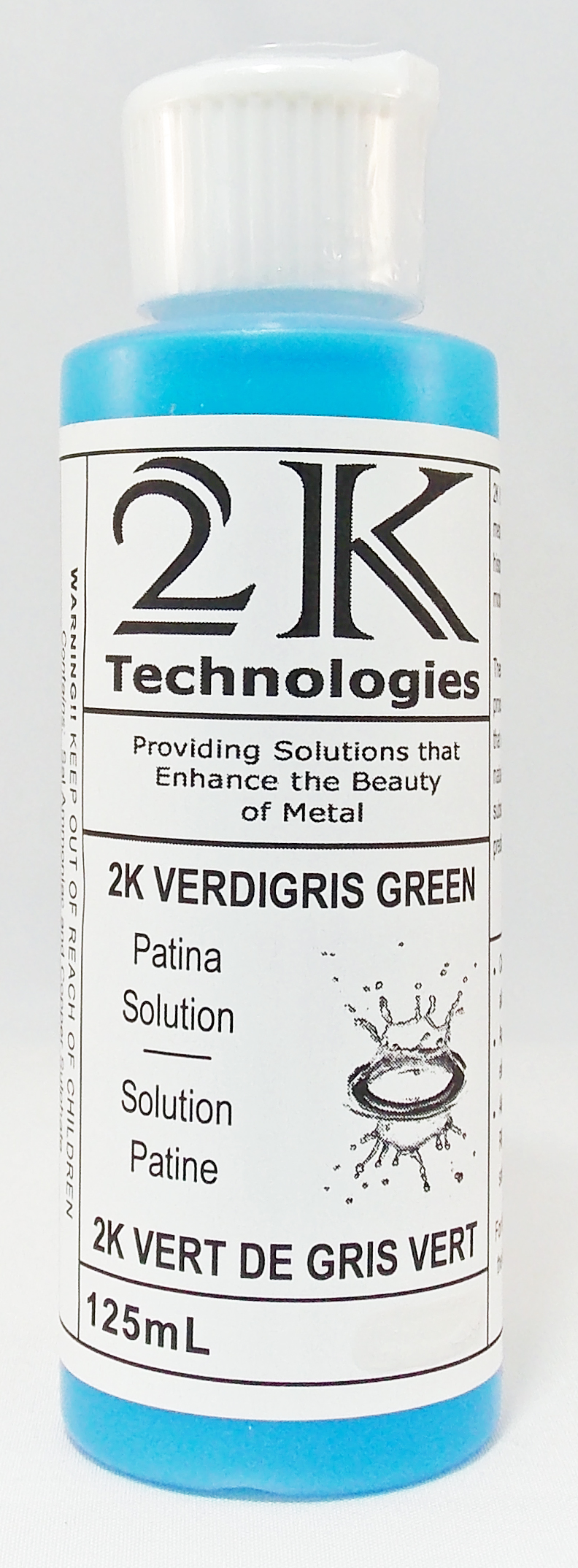

With that knowledge, we can understand why lemon juice is a highly recommended cleaning agent for bronze patina. That’s because oxides generally are more reactive with acids, and soaps are neutral or slightly alkali. As with most patina, this doesn’t come off with water and soap. We wore the watch for about 2 weeks, and it developed a natural dark brown type of patina.
#Patina solution full#
For all other aspects of the watch, read at the full review here. For today, we focus on the bronze of the Bell & Ross Diver Bronze BR 03-92. Because of the different composition of these alloys, the patina that forms will also differ. Bronze is a mixture of mostly copper and tin. Brass is a mixture of mostly copper and zinc. Copper is the metal element while brass and bronze are metal alloys containing mostly copper. *WARNING: Replicate these experiments at home at your own risk! We’re not chemists, and results may include other ingredients such as luck which are not listed*īefore we begin proper, let’s set straight the common confusion between copper, brass and bronze. Today, let’s geek out and make some reactions.

But like most chemical reactions, we can accelerate it by increasing concentration of the reactants, introducing catalysts or adding some heat. As it is usually a slow process, hence people see these as a sign of age and heritage. Chemically speaking, they are oxide layers that form when the reactive metals come into contact with anions (such as oxygen and chlroride ions). Patina to bronze is like rust to iron and tarnish to silver, only more desirable and beautiful.


 0 kommentar(er)
0 kommentar(er)
